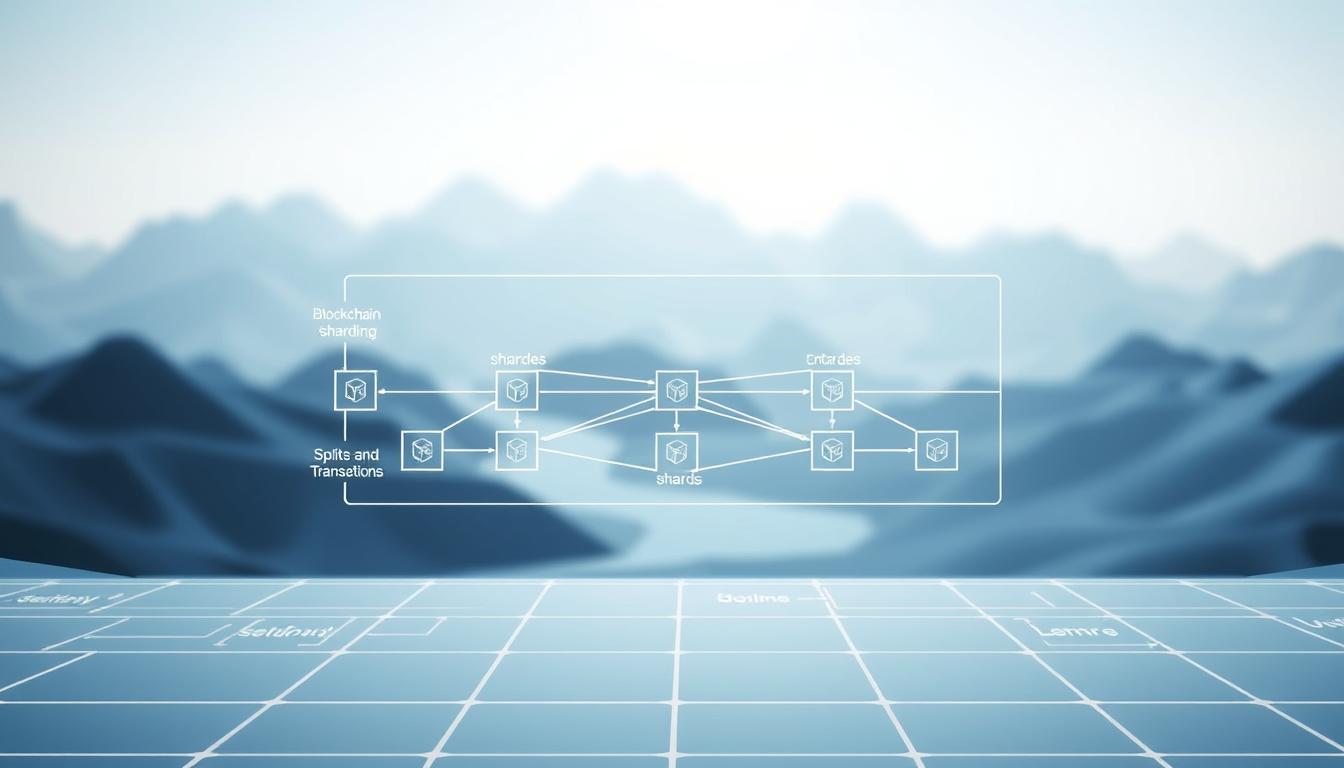Business leaders face complex decisions when selecting distributed ledger solutions. This guide provides essential insights into modern distributed systems, focusing on one prominent option. Understanding the core capabilities helps organizations
All posts tagged in Distributed Ledger Technology
Many digital networks today face serious growth limitations. As more people join these systems, the infrastructure struggles to keep up with demand. This creates bottlenecks that slow down operations and
The digital landscape is transforming at an incredible pace. Distributed ledger technology is reshaping how businesses operate across finance, healthcare, and supply chain management. This innovation represents a market valued
Decentralized applications need a strong foundation to operate smoothly. This foundation is built on specialized computing resources that power the digital ledger. These resources validate transactions and keep the network
Digital agreements are changing how companies operate today. Self-executing contracts on distributed ledgers create new opportunities for efficiency. The market for this technology shows incredible growth potential. Industry projections reveal
In today’s digital economy, protecting sensitive information has become more critical than ever. Many organizations now rely on distributed ledger systems for their most important operations. Understanding how these systems
Digital ledger systems face a critical challenge as they grow. Traditional architectures require every participant to process every operation. This creates bottlenecks that limit growth and increase costs. A revolutionary
Distributed networks rely on a special kind of agreement system. This system ensures every computer in the network has the same information. It’s a critical part of modern digital ledgers.
Imagine a digital record book that isn’t stored in one place. Instead, it’s copied and spread across a vast network of computers. This is the core idea behind a powerful
Imagine a digital notebook that thousands of people can write in simultaneously, but no one can erase or edit past entries. That’s the essence of distributed ledger technology—a system where
- 1
- 2



















